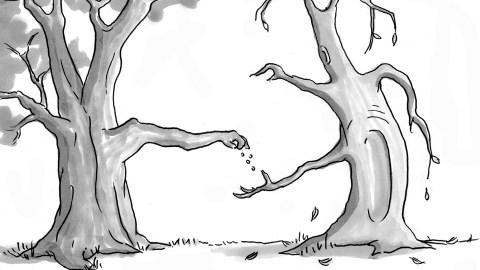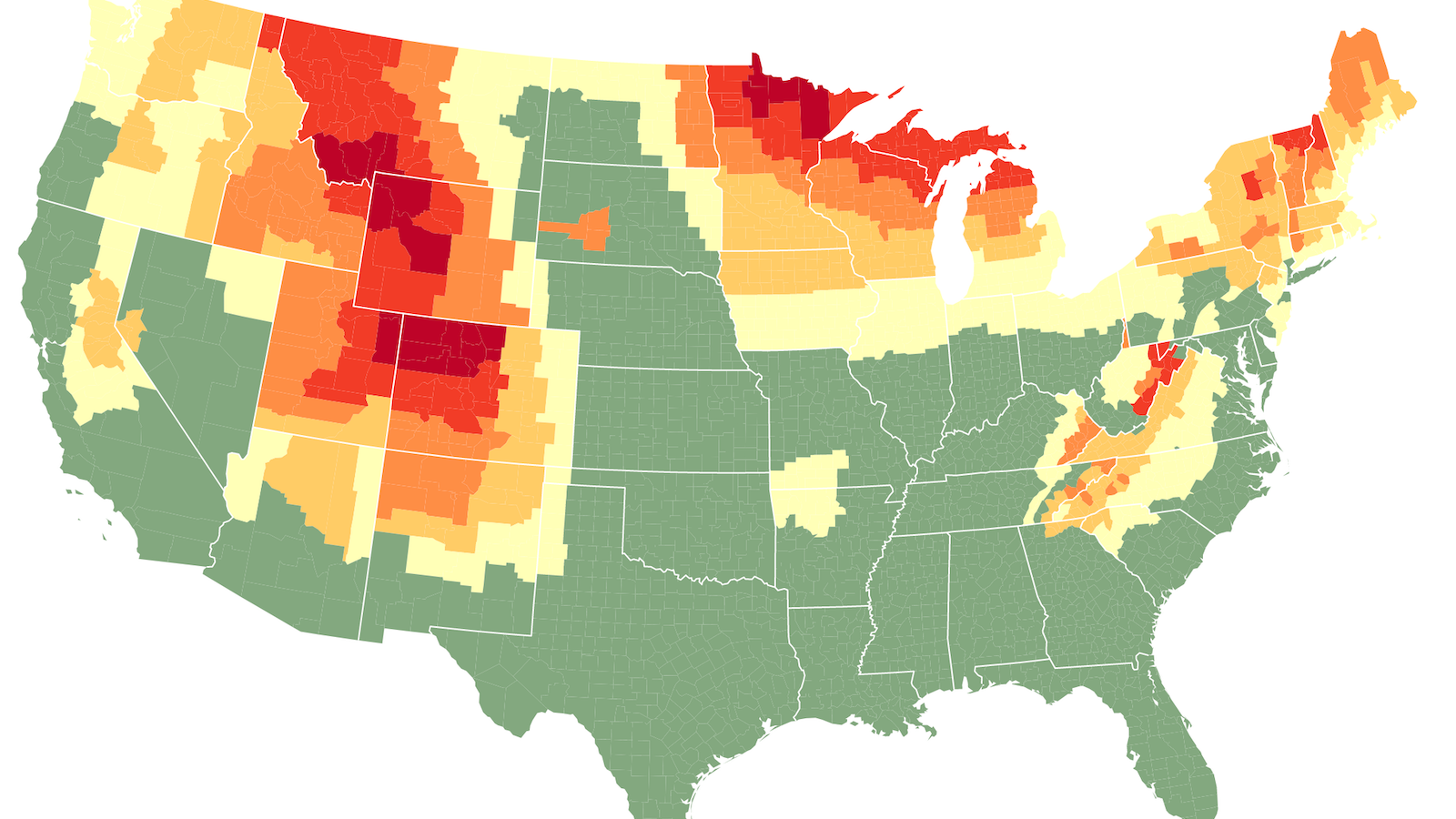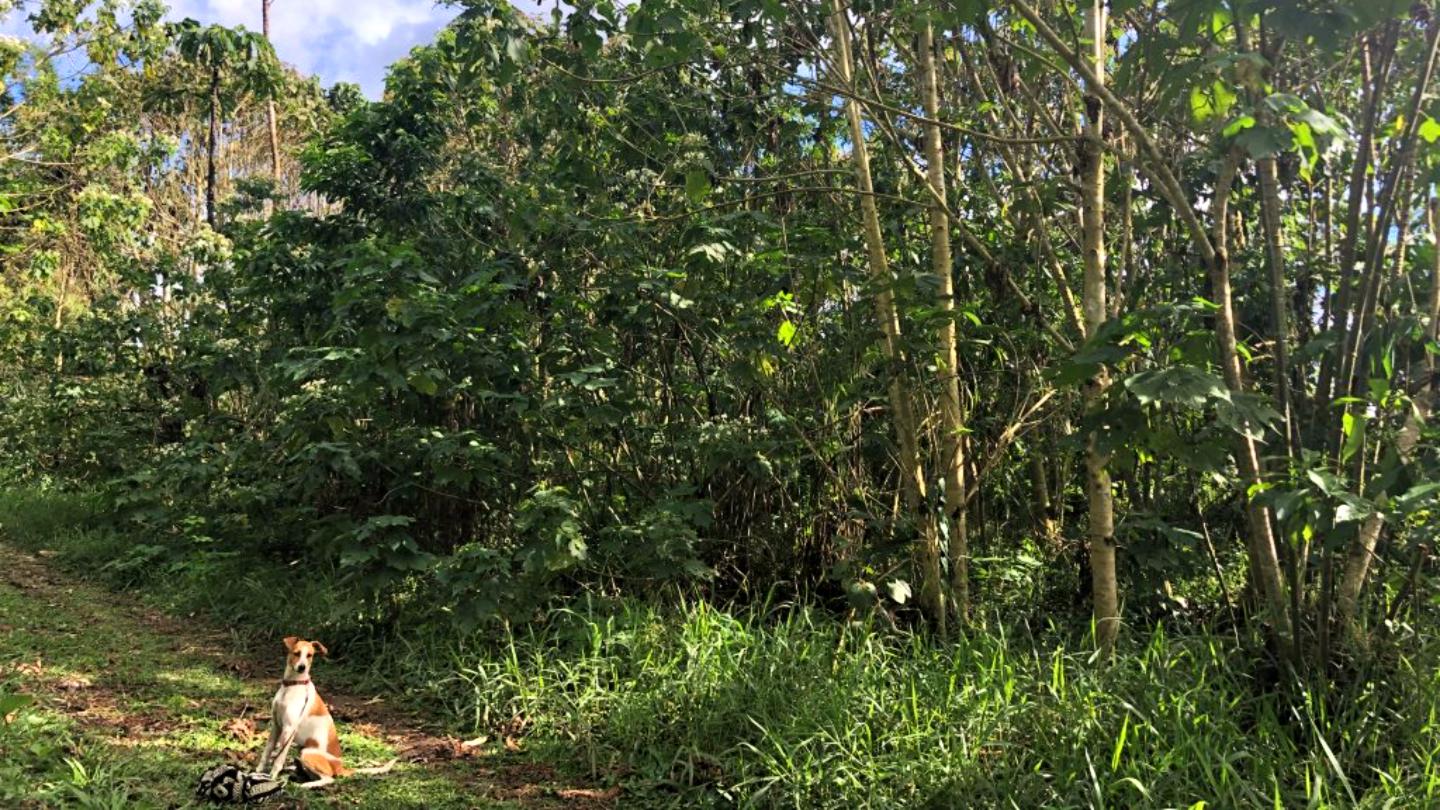Trees Prove That Life Isn’t Just about Survival of the Fittest

1. A lone tree does not live as long. That fact could shift views of how the whole tree of life works.
2. Trees are social, reveals Peter Wohlleben’sThe Hidden Life of Trees, they “talk” and share.
3. For instance, trees warn one another of insect attacks (scents) and exchange signals via roots.
4. More amazingly, trees operate “gigantic redistribution systems.” In their “social security” system “nutrient exchange and helping neighbors… is the rule.”
5. Vast underground fungal networks (a “wood wide web” interweaving the roots of many species) enables trees with an “abundance of sugar” to help those “running short.”
6. These fungal networks can tax “up to a third of” a tree’s total food production. (A “humongous fungus” is the world’s largest living thing ~2.4 miles).
7. So much for Richard Dawkins’ claim that “there is no welfare state in nature.”
8. “Forests are superorganisms” (and “isolated trees have far shorter lives“)
9. As microbiome research has shown “symbiosis isn’t rare. It’s the rule.” All natural animals and plants use collaboration.
10. The “red in tooth and claw” view of biology needs to be updated, says David G. Haskell in The Forest Unseen. Nature’s “economy has as many trade unions as robber barons.”
11. The idea that biology is dominated by individual genomes ruthlessly competing is turning out to be “pleasant fiction” (Ed Yong).
12. A gene’s survival “vehicle” (the genes that every selfish gene must cooperate with to survive) typically extends beyond its body. Those survival vehicles can include its herd, or in our “by nature self-deficient” case, our “teammates”.
—
Illustration by Julia Suits, author of The Extraordinary Catalog of Peculiar Inventions, and The New Yorker cartoonist.





